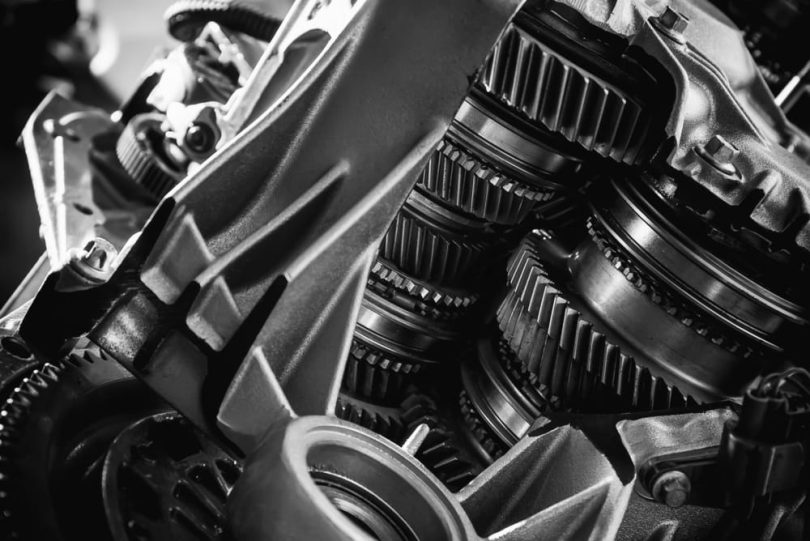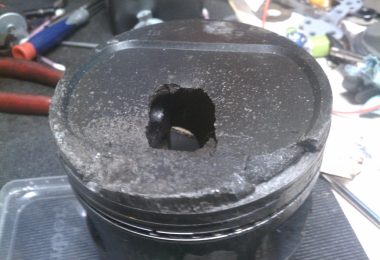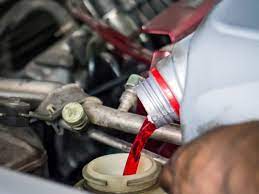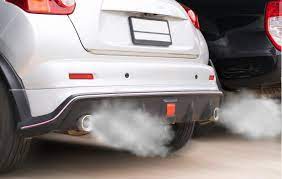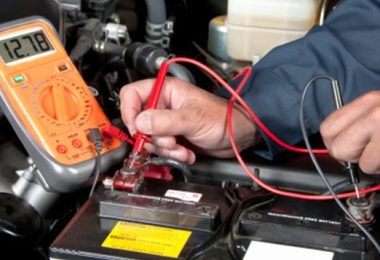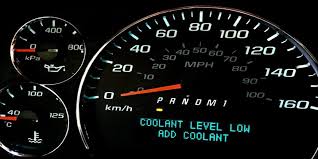What is a Car’s Transmission?
Symptoms of a bad transmission is a matter is primary concern. Your transmission is a part of the engine that transforms power into toque. Torque is a force that rotates an object—like a wheel—around an axis or axle. Your transmission turns all of the motion in your engine into something that gets and keeps your car moving. Without a functioning transmission, your car won’t drive. Therefore, the following are the symptoms of bad transmission.
A car is supposed to run smoothly and without any shaking, or jerking, and there is not supposed to be any grinding sounds. These suggest that there is a problem with the gears. Manual transmissions commonly indicate problems by making a grinding noise or feeling when you shift into a gear. If the grinding occurs after engaging the clutch and shifting, this can be sign that the clutch may need to be replaced or adjusted. That said, it can also point towards several other issues including damaged or worn out gear synchronizes.
Automatic transmissions act a little differently. Instead of making a grinding noise, you will likely feel it take some time to wiggle into gear at first instead of the typical smooth transitions. As the problem gets worse, the transitions into the next gear become more jarring and involve more shaking. There are few other reasons for grinding or shaking, but the appropriate course of action is still to have it inspected and serviced.
Burning Smell
Any burning smell coming from your car is a cause for concern. Overheating transmission fluid is one of the causes of a burning smell. Transmission fluid helps keep the parts lubricated and cooled so that they don’t get worn out and damaged.
If the fluid breaks down, the system runs too hot which results in increase of friction and corrosive activity as well as the buildup of additional sludge and debris. If this is not taken care of, the transmission will eventually get damaged and break down completely. The end result is an expensive replacement. Common causes include low fluid level or using the incorrect brand/type of fluid not compatible to engine.
Hard to Engage in Gear
If the car will not shift after engaging the clutch and trying to move the stick, take a look at the fluid to make sure that it is at the right level. Other causes include using the incorrect thickness (type) of fluid and the clutch linkage or shift cables needing adjustment. The source of the problem could also be the vehicle’s computer system.
If you’ve already inspected the fluid, you can try resetting it. To do this, detach the battery and let it stand for thirty minutes. Then, reattach and allow the system to reset itself. This usually takes around thirty minutes. If this doesn’t work either, then it’s time to take it to a mechanic.
Check Engine Light
The check engine light is located on your car’s dashboard. It is a great early indicator that something is about to go wrong (or already has) with your car, and in particular with your transmission. While the light turns on for a number of reasons other than transmission issues, it very important not to ignore this helpful warning sign.
There are sensors placed in many areas of a car’s engine that alert the computer if it senses unusual activity coming from a particular process. The sensors on a transmission can pick up on the slightest jerks and vibrations than you are not able to see or feel.
Take the vehicle in and have it inspected. They can check and immediately tell what is happening through the use of similar diagnostic tools and the car’s computer.
If you’d like to diagnose the problem yourself (and possibly save yourself a trip to the mechanic’s) you can buy a diagnostic scan tool that is plugged into the instrument panel on the driver’s side and return a code that corresponds to the part that needs attention. Whatever you do, do not assume that the check engine light can wait because it might be warning you of a serious problem in the near future.
Gears Slipping

A transmission stays in a designated gear until a shift is performed by the driver (manual) or the computer (automatic). If the transmission is spontaneously slipping in an out of gear (or simply popping into neutral) while driving, I don’t need to tell you that this is a serious safety risk. When you need to step on the gas to avoid a dangerous situation, you need power delivered to the wheels, end of story. The cause can be the link that holds the gears is worn or broken. Get your car inspected and repaired as soon as possible.
Dragging Clutch
A dragging clutch describes the symptom experienced by manual transmissions that involves the clutch disk failing to disengage the flywheel when the clutch pedal is pressed. The clutch is still spinning with the engine which makes it difficult or impossible to change gears. This difficulty is accompanied by a grinding noise each time you try to change gears.
Fortunately, this problem is considerably less expensive to repair than many other issues. More often than not, the cause of this is too much slack in the clutch pedal. With too much slack available; the linkage between the clutch disk and pedal can’t pull the clutch disk away from the flywheel.
Delayed or Missing Gears
If your transmission takes a while to go into gear, you may have a low transmission fluid condition because of a leak or contamination due to lack of maintenance or even water intrusion during off road or flooding conditions. While this may not sound serious, but can create an overheating condition that can damage internal transmission parts. Other possibilities could be an engine related problem that will cause the .computer not allow the transmission to shift into higher gears.
Engine is revving high
This condition can also be caused by low transmission fluid, contamination due to lack of maintenance or water intrusion or internal wear and tear on the transmission parts inside the transmission. A high revving engine is a typical sign that you have worn clutches or other parts inside the transmission going bad.
Transmission fluid is leaking
A red fluid under the vehicle is a sign that you probably have a transmission fluid leak from one of the cooler lines, a gasket or a seal. This is not only bad for the transmission but is also dangerous if the fluid leaks on a hot pipe or other surface. Check your dipstick for proper fluid level and condition. Note: not all transmission fluid is red and not all levels can be verified with a dipstick method, but require specials tools. Read more: 12 Tips to Care for Your Car For Long Lasting
.
Clunking, Humming Noise
A humming, roaring noise from inside the transmission is usually a symptom of a bad behavior of gears damage, or other internal problem. A humming could also come from a bad internal sealing surface, a seal, or low transmission fluid due to a leak.
Car Has no Power
If the vehicle has no or little power and the engine is running correctly, this could be from internal transmission problems, brakes that are dragging due to a faulty caliper or brake hose, or your computer in the vehicle is limiting power because of a problem it has detected in order to protect the engine. Have the vehicle checked for trouble codes to isolate the problem.
.

